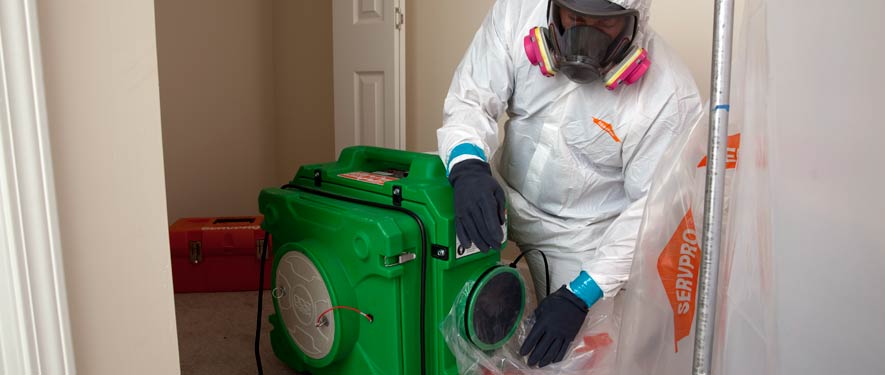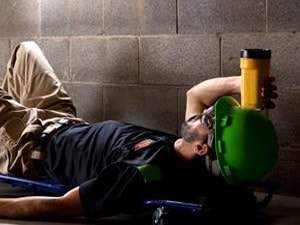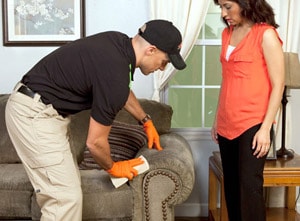
Sewage Cleanup and Restoration
Cleaning up sewage in your home can be a daunting task, but it is important to address the issue promptly to prevent further damage and to protect your health. Here are the best steps to clean up sewage in your home:
- Safety First: Make sure to wear protective gear such as gloves, boots, and a face mask to avoid contact with the sewage and to protect your health.
- Identify the source of the sewage: Determine the source of the sewage and stop it if possible. If the source cannot be stopped, contain it as much as possible to prevent further spread.
- Ventilation: Open windows and turn on fans to help with ventilation and to reduce the risk of exposure to harmful bacteria and fumes.
- Remove Contaminated Materials: Remove all contaminated materials, including carpets, furniture, and other items that have come into contact with the sewage. Place these items in plastic bags for disposal.
- Clean Surfaces: Clean all surfaces that have come into contact with the sewage, including walls, floors, and counters, using a solution of water and a disinfectant or a commercially available sewage cleaner.
- Dry the Area: After cleaning, make sure to dry the area thoroughly to prevent mold growth. Use fans or dehumidifiers to help speed up the drying process.
- Dispose of Waste Properly: Place all contaminated materials, including rags and cleaning solutions, in plastic bags for disposal. Do not flush anything down the toilet, as this can contaminate the water supply.
Sewage Backup or Toilet Overflow? Call Us Today – (920) 832-1110
There are three major types of contaminated water. SERVPRO of Appleton will inspect that contaminated water to determine the type of water and then plan the appropriate response to safely restore your home or business.
The three types of contaminated water:
Category 1: "Clean Water"
This is water from a clean source, such as a broken clean water supply line or faucet. If left untreated, category 1 water can quickly degrade into category 2 or 3 water depending upon such factors as time, temperature, and contact with contaminants.
- Water from a clean source like a broken water line
- If left untreated, can degrade into category 2 or 3
Category 2: "Gray Water"
This water has a significant level of contamination that could cause discomfort or illness if ingested. Sources for category 2 water may include washing machine overflow; toilet overflow with some urine, but no feces; or dishwasher overflow.
- May contain bacteria and viruses
- Can quickly degrade into category 3 if left untreated
Category 3: "Black Water"
This water is grossly unsanitary and could cause severe illness or death if ingested, and any contact should be avoided. Sources for category 3 water could include flooding from rivers or streams, water from beyond the toilet trap, water from the toilet bowl with feces, or standing water that has begun to support microbial growth.
- May contain untreated sewage, harsh chemicals, and microbes
- Water from flooding rivers or sewer backup
24 Emergency Service
Sewage backup should be considered an emergency and dealt with as quickly as possible. We are the water damage restoration specialists with specific training and expertise to safely restore your home or business.



 24/7 Emergency Service
24/7 Emergency Service



